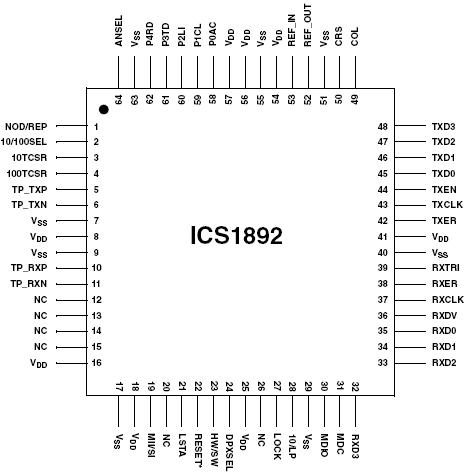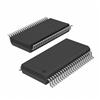ICS1892: Features: • Supports category 5 cables with attenuation in excess of 24 dB at 100 MHz across a temperature range from -5to+85 • DSP-based baseline wander correction to virtually eliminat...
floor Price/Ceiling Price
- Part Number:
- ICS1892
- Supply Ability:
- 5000
Price Break
- Qty
- 1~5000
- Unit Price
- Negotiable
- Processing time
- 15 Days
SeekIC Buyer Protection PLUS - newly updated for 2013!
- Escrow Protection.
- Guaranteed refunds.
- Secure payments.
- Learn more >>
Month Sales
268 Transactions
Payment Methods
All payment methods are secure and covered by SeekIC Buyer Protection PLUS.

 ICS1892 Data Sheet
ICS1892 Data Sheet






